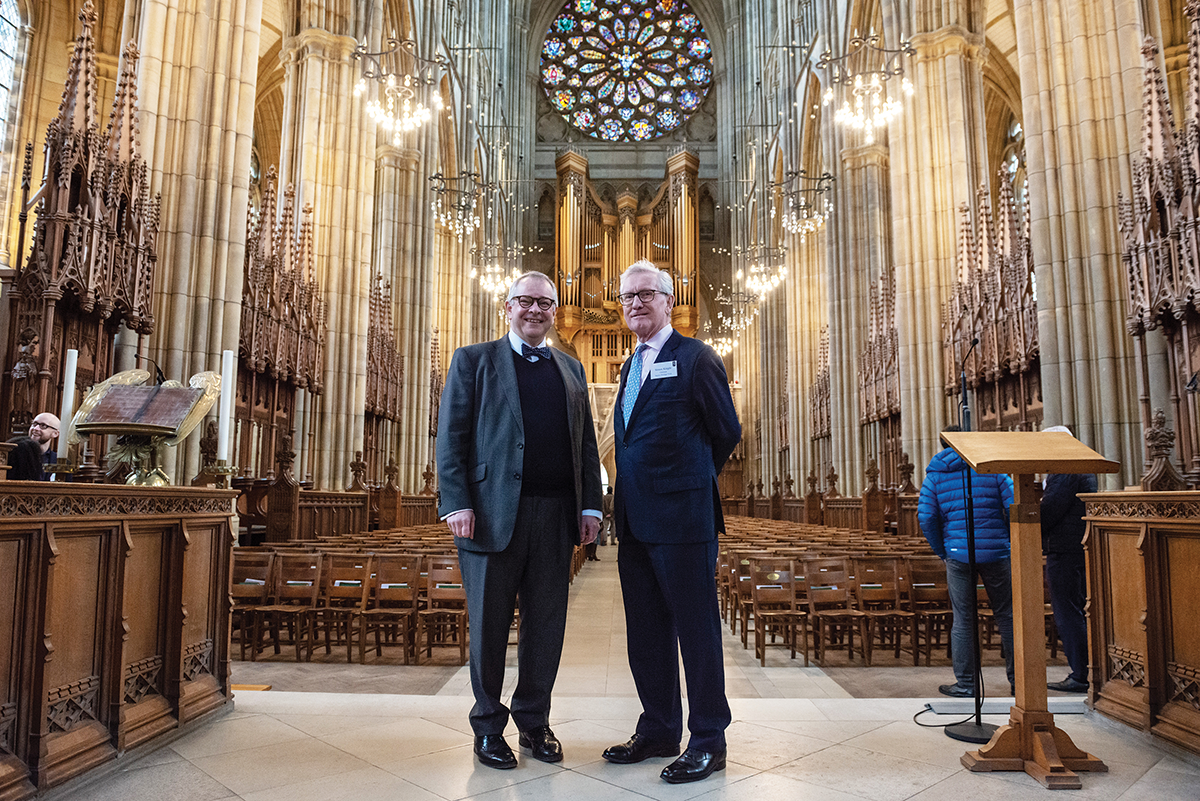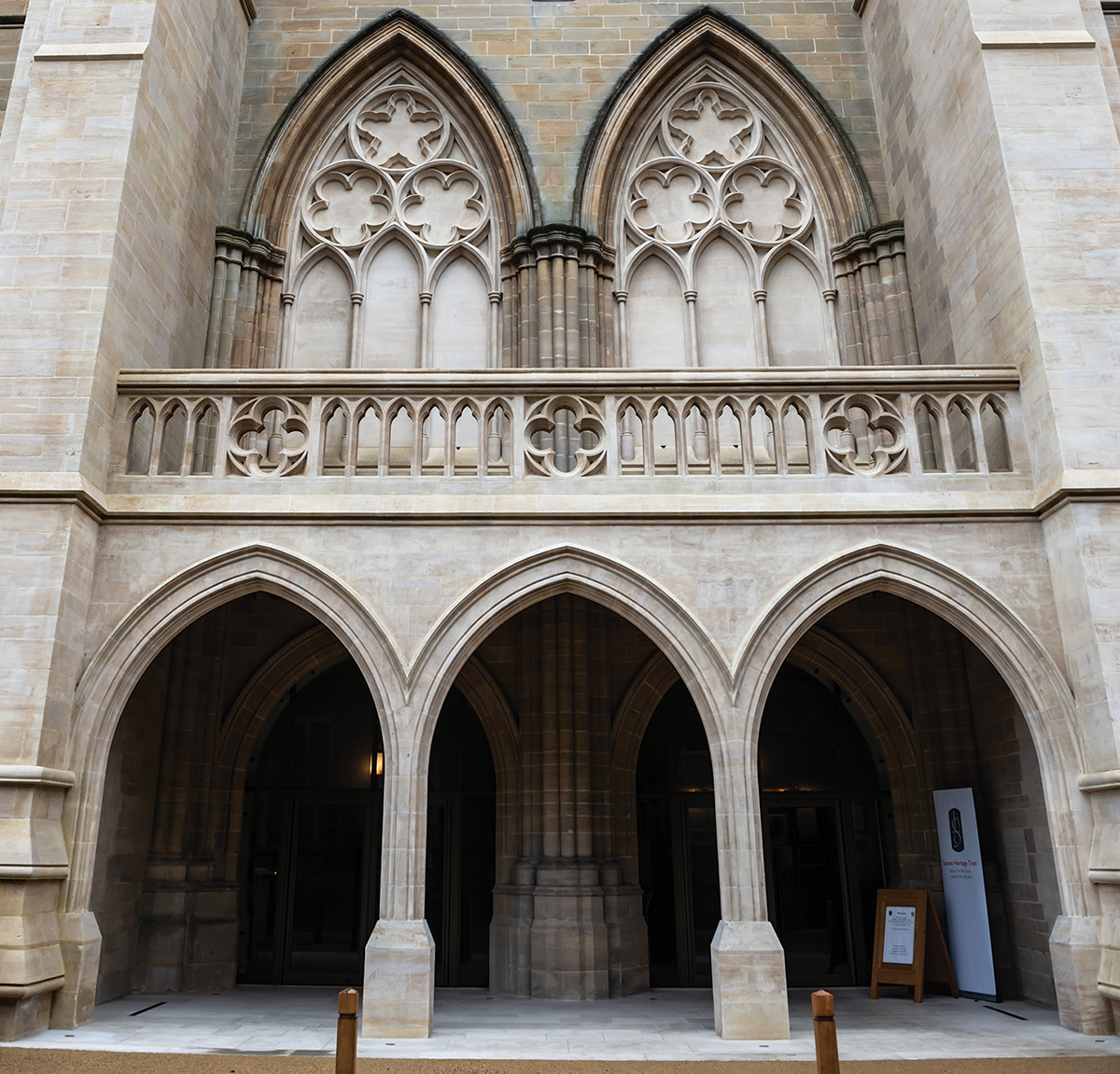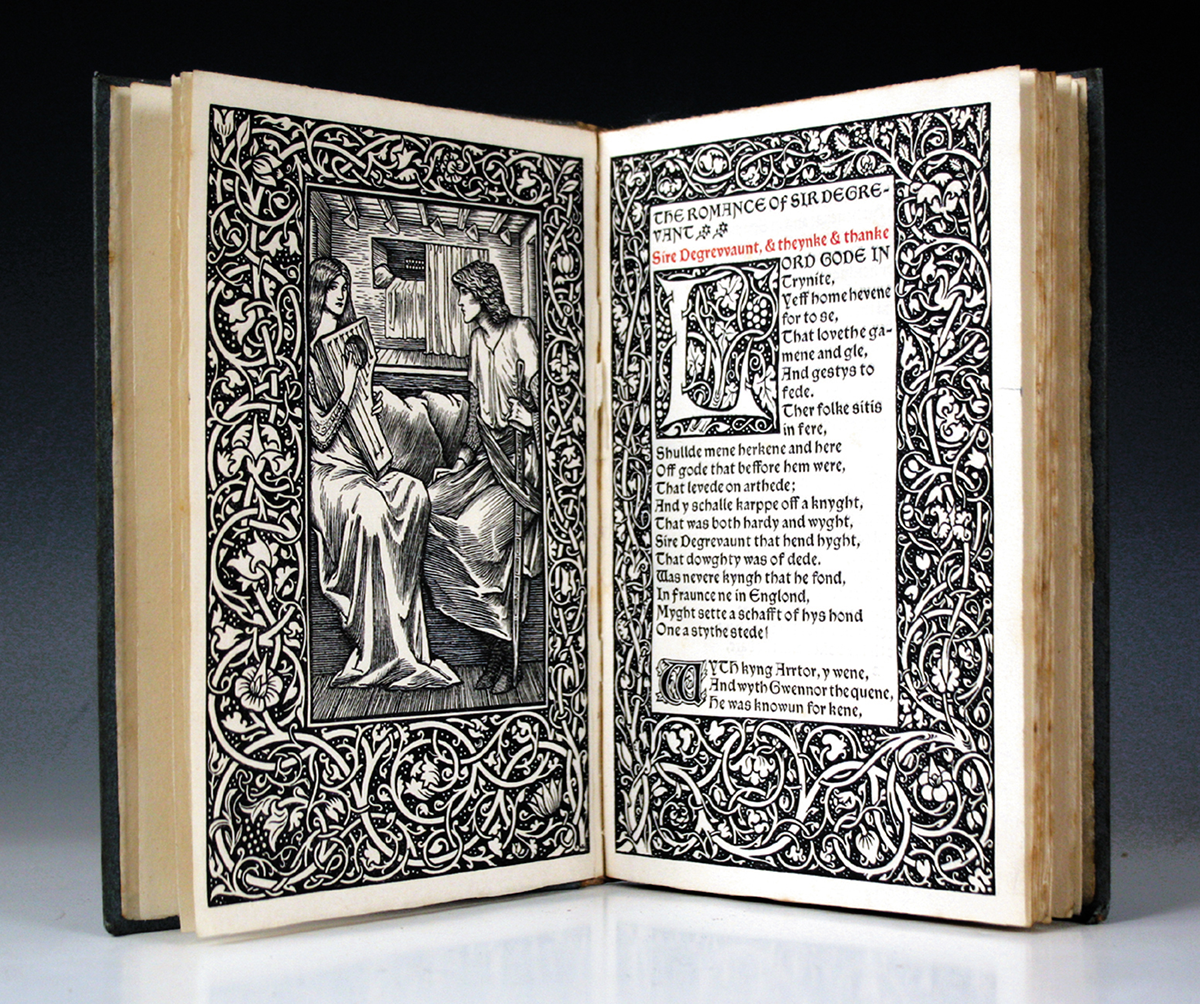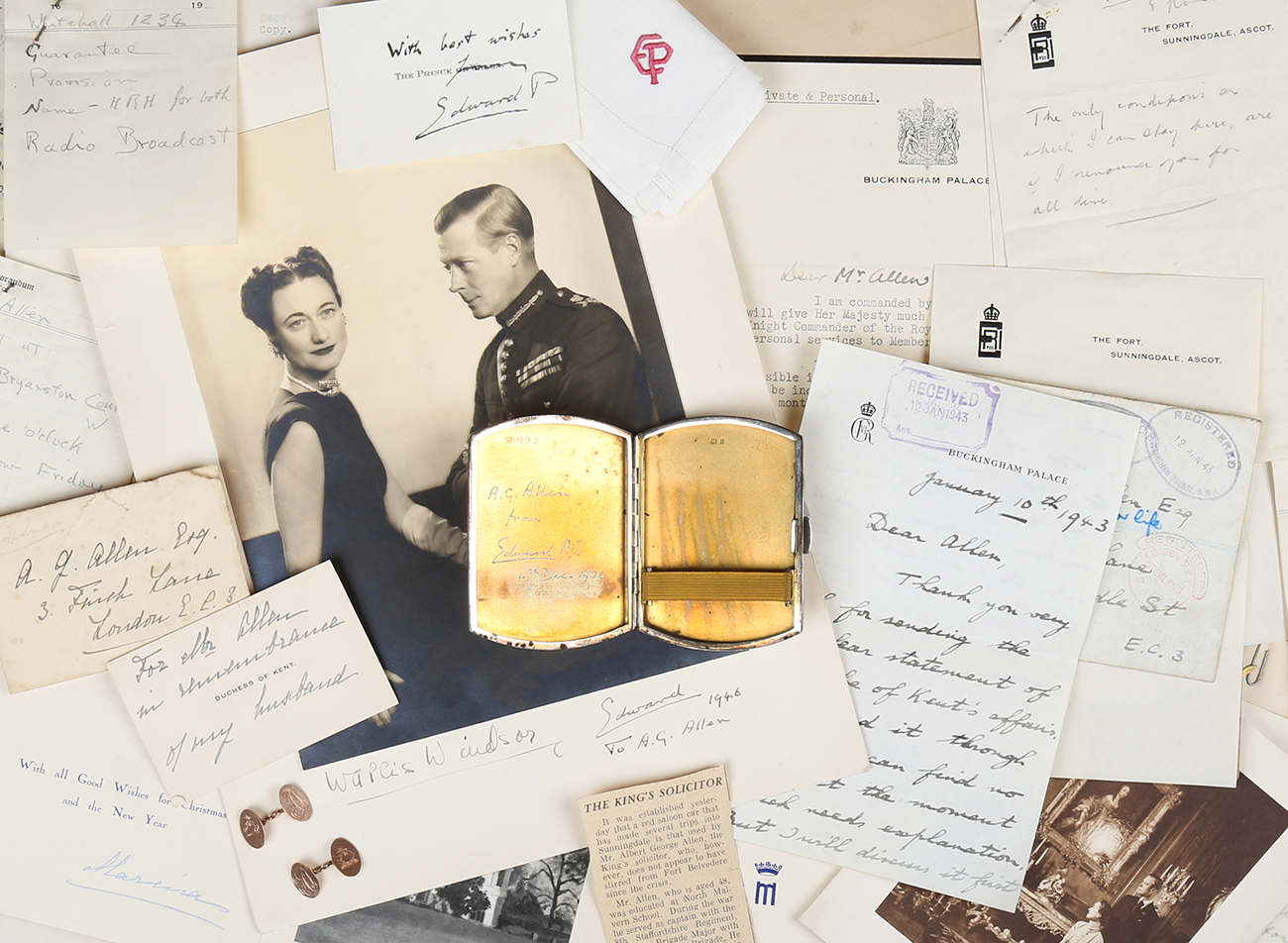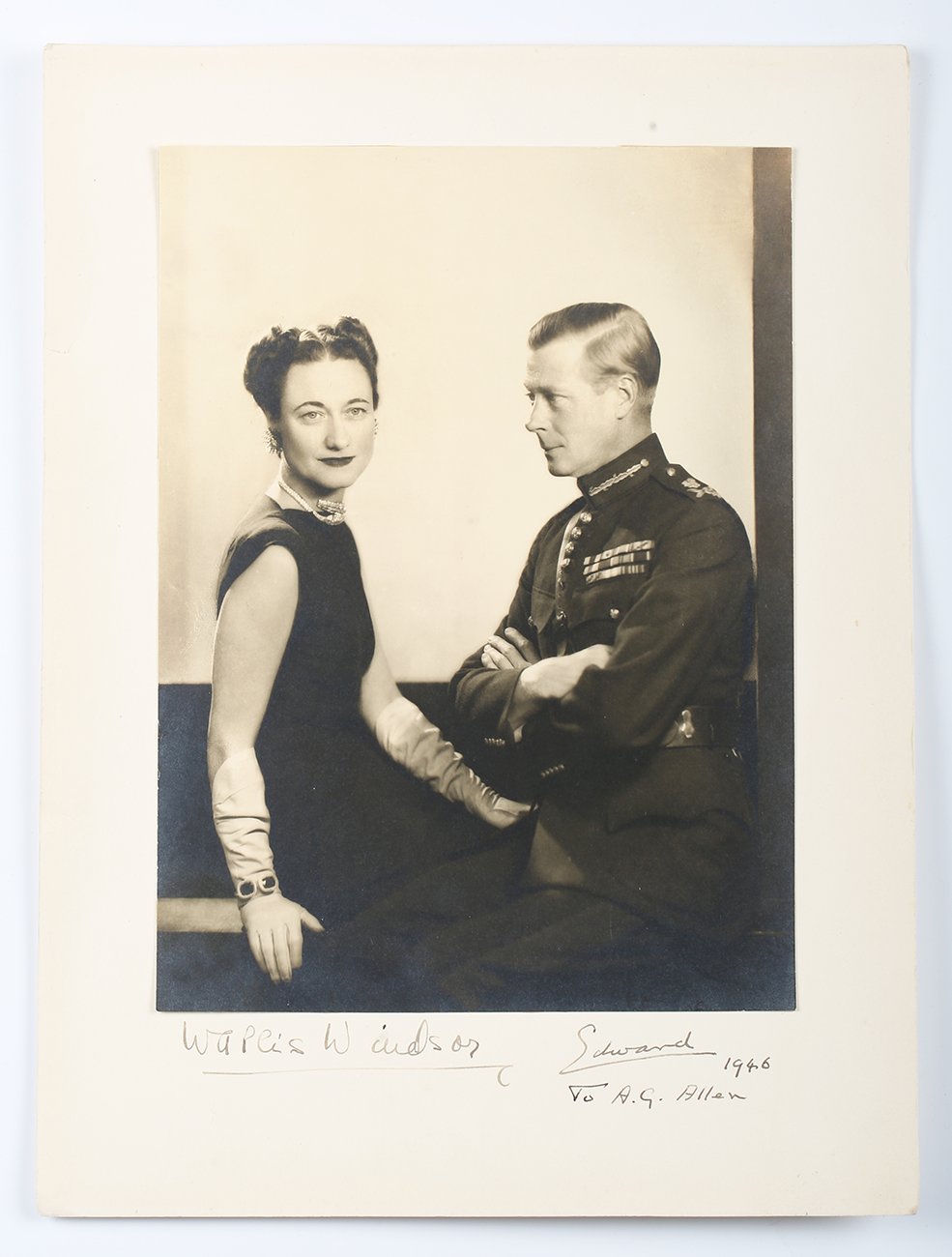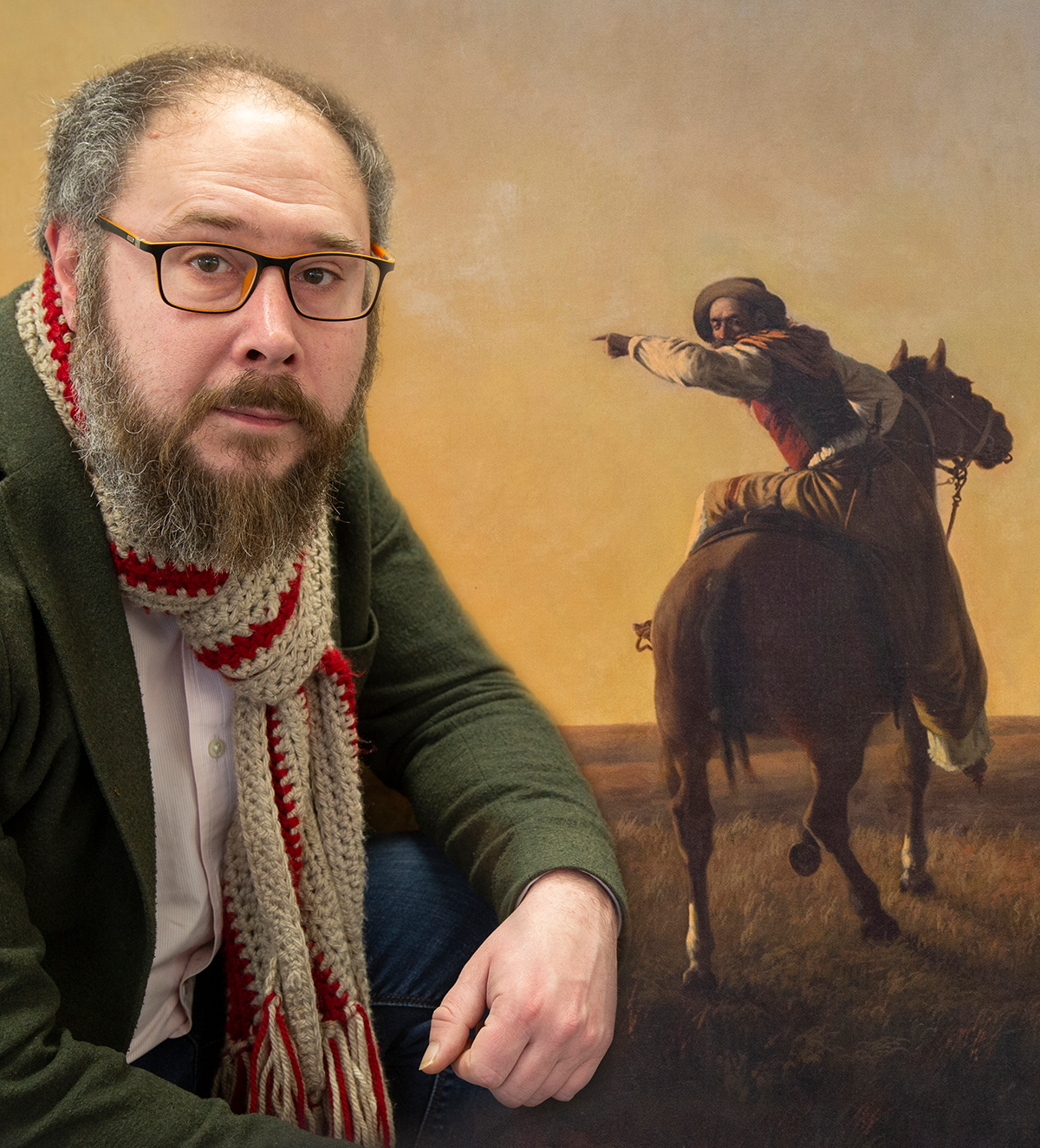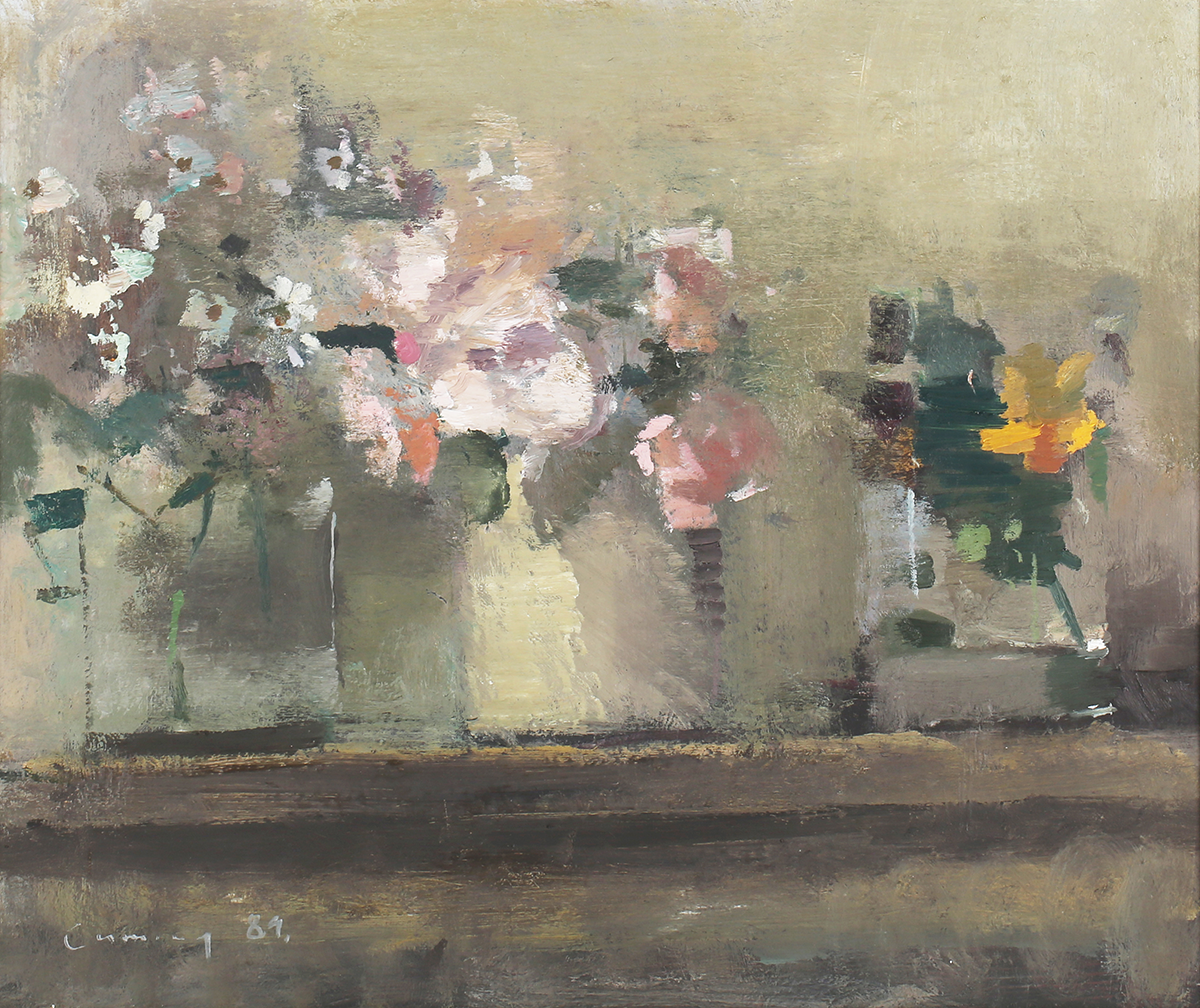
The artist Fred Cuming, RA, is considered to be one of the finest landscape painters of his generation. He lived and worked in East Sussex.
Born in 1930 Cuming attended the Sidcup School of art in the years after the war. Between 1951 and 1955 Cuming studied at the Royal College of Art in London gaining a Rome Scholarship. He was elected a Royal Academician in 1974 (ARA 1969). He was also a Member of the New English Art Club and an Associate of the Royal College of Art.
Writing about Fred Cuming the biographer Richard Holmes describes him as ‘A truly visionary painter.’ Cuming conveys recognisable scenes transforming them with a poetic intensity born out of light and colour.
Fred Cuming gives voice to his life and inspiration as an artist in the insightful short film Portrait of an artist (Fred Cuming) commissioned by the Royal Academy in 2015.
He describes how he grew up in Woolwich fascinated by the boats and water, painting even as a young boy.
In his Sussex studio he worked on numerous paintings at the same time, each informing the other as they develop. Form and structure in the scene becomes apparent as he commits the scene to paper.
Two oils by this important artist, entered from a collection in Horsham, sold in Toovey’s recent fine art sale for £2200 and £3600 respectively.
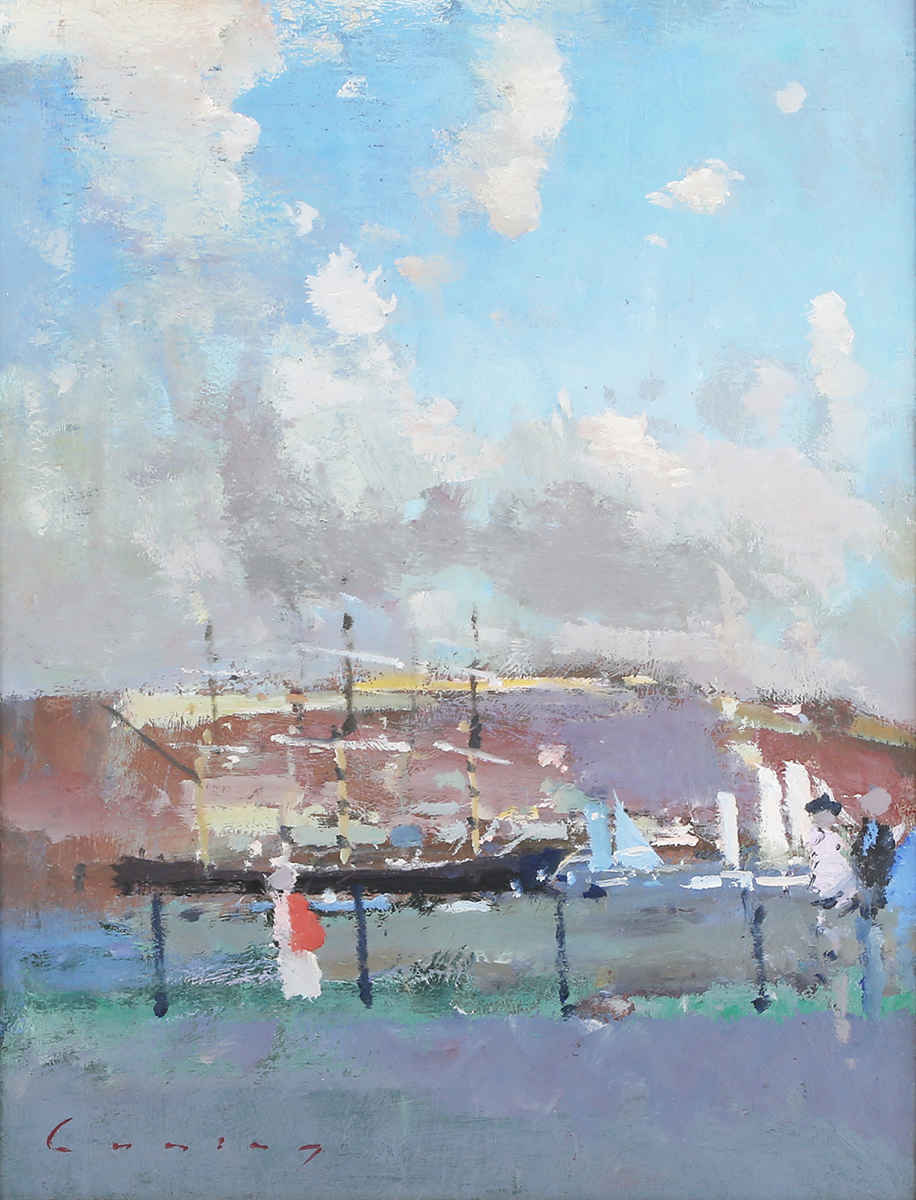
The scene, ‘Fowey, Square Rigger’, shimmers in the Cornish sunlight, the brilliant palette adding life and movement to the scene which is recognisable and abstract – a fleeting moment in time. Cuming has in the past reflected that the “problem presented by the simple seascape, which is about nothing more than light and space, I find particularly intriguing.” This scene is one which I am particularly fond of as we used to holiday at Polruan on the other side of the Fowey estuary when our children were young.
The cool morning light in the studio is finely captured in the still life ‘Roses I’ – the delicate brush work and palette transcends our immediate perceptions. Fred Cuming’s painting captures our attention and stills us.
This questioning artist’s excitement in the world and the landscapes he painted remained undiminished. Cuming reflected “…the more I discover the more there is to discover.”
To discover more about this important Sussex artist visit www.fredcuming.com.
